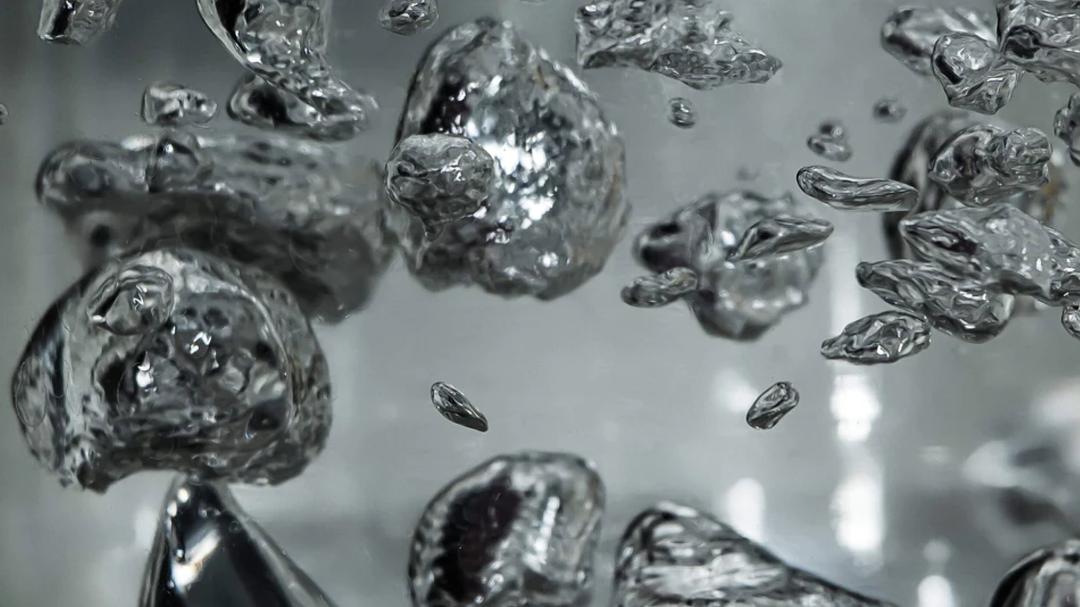Our 148,000+ public water systems here in the U.S. provide drinking water to 90% of the population. All of these community water systems, regardless of location, must abide by federal regulations for water quality that are enforced by federal law. Each state also has the option to set its own standards for specific drinking water contaminants as long as they are at least as stringent as existing national standards.
Despite these layers of protection, hundreds of dangerous drinking water contaminants affect millions of Americans like us each year. Dozens of common contaminants are completely unregulated while others are legally allowed in community water systems at worrisome levels. If you’re wondering how our public drinking water supplies are regulated, then this is for you.



